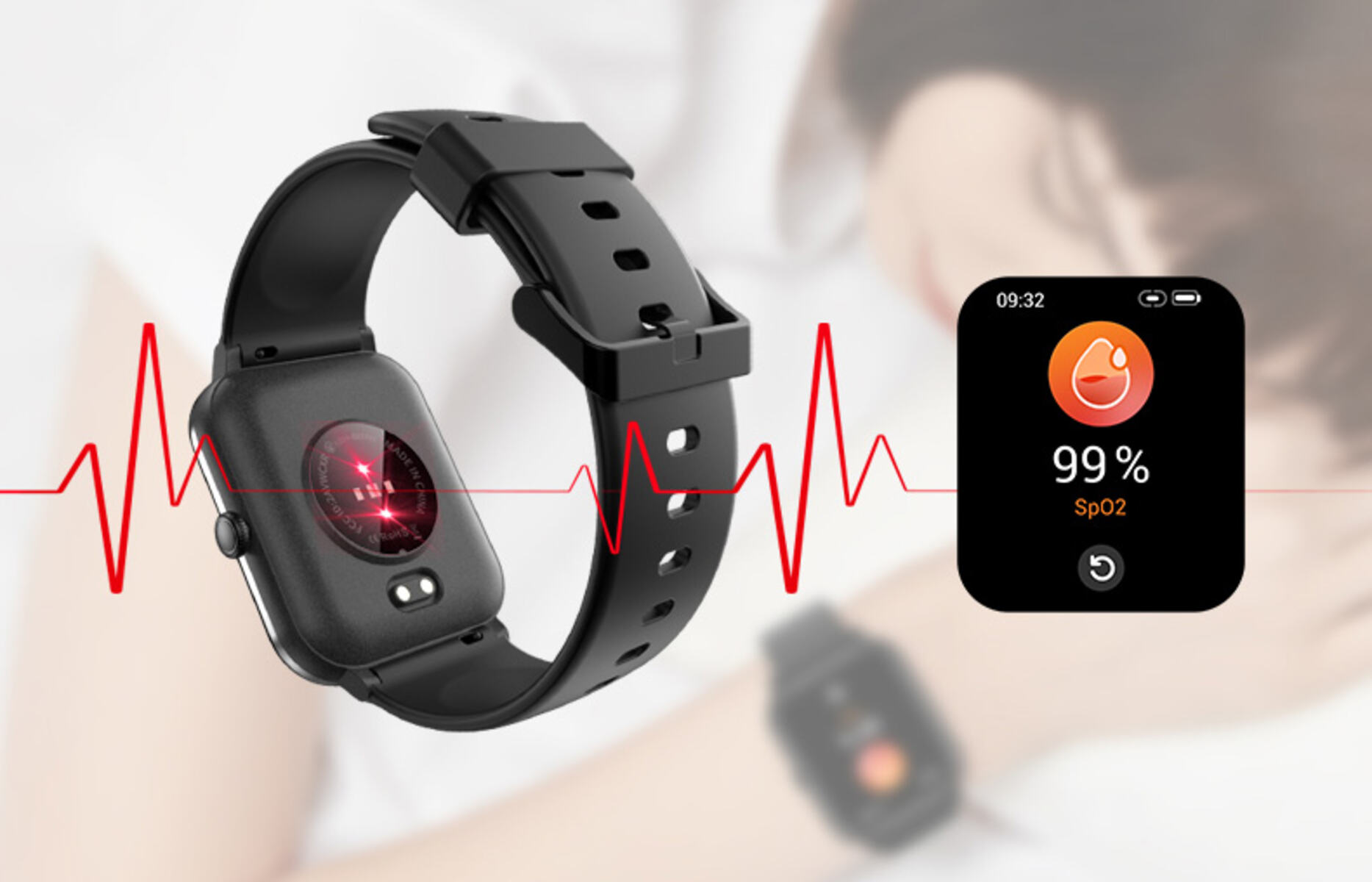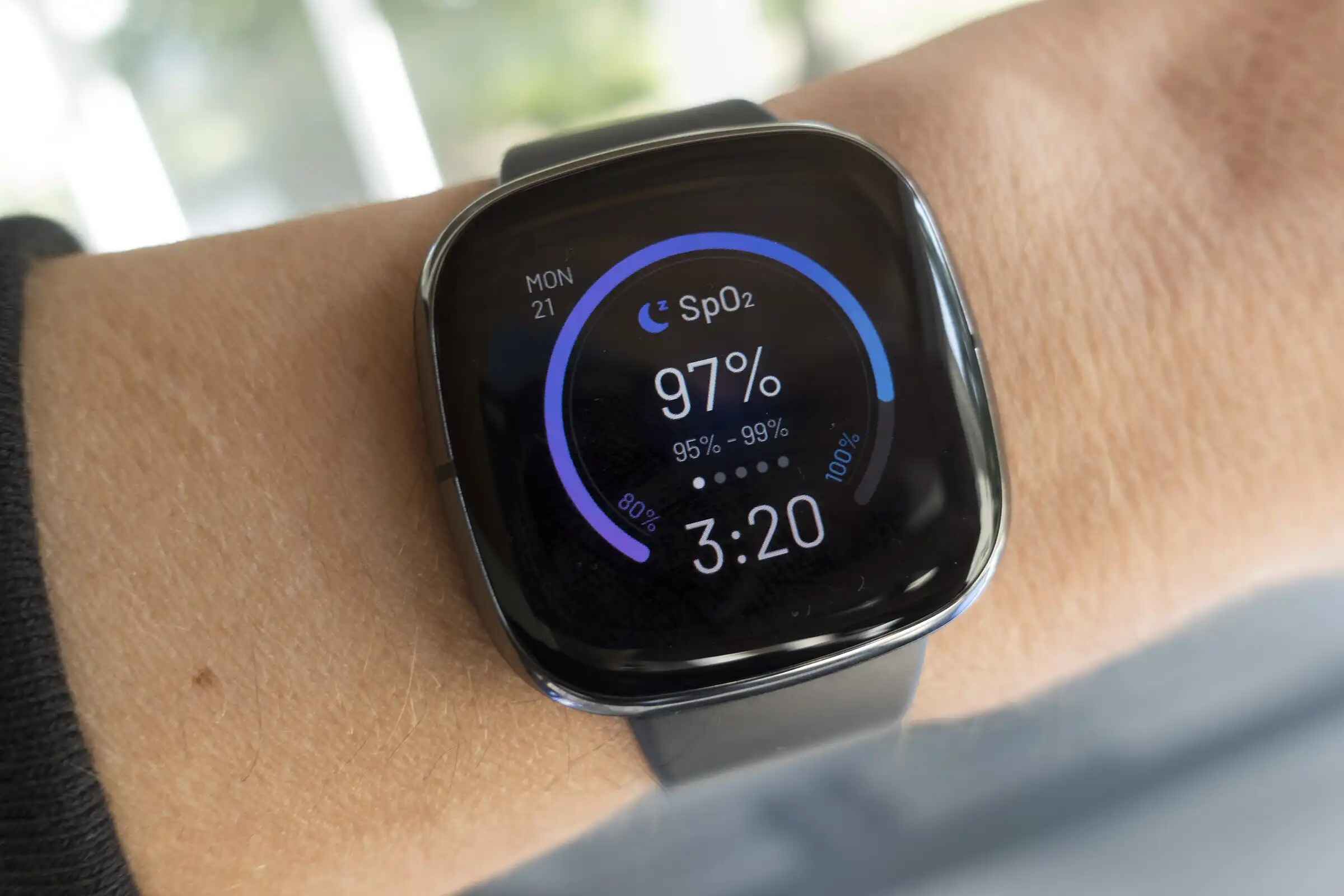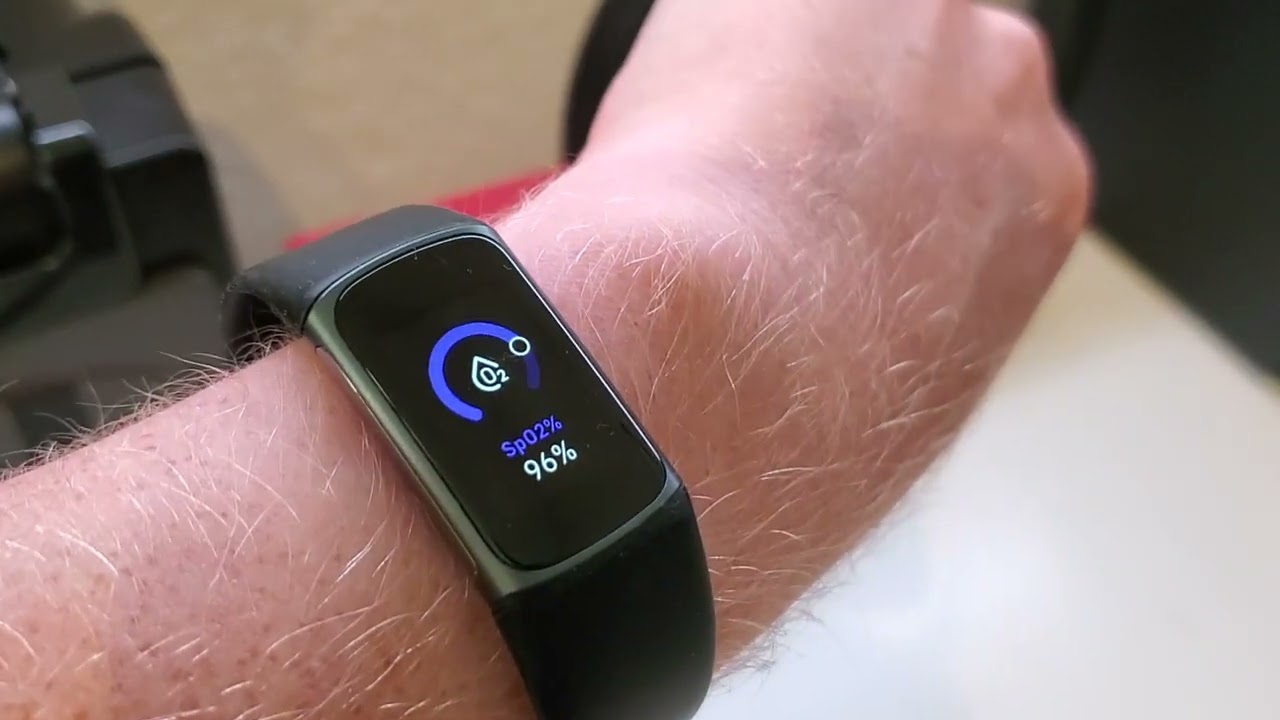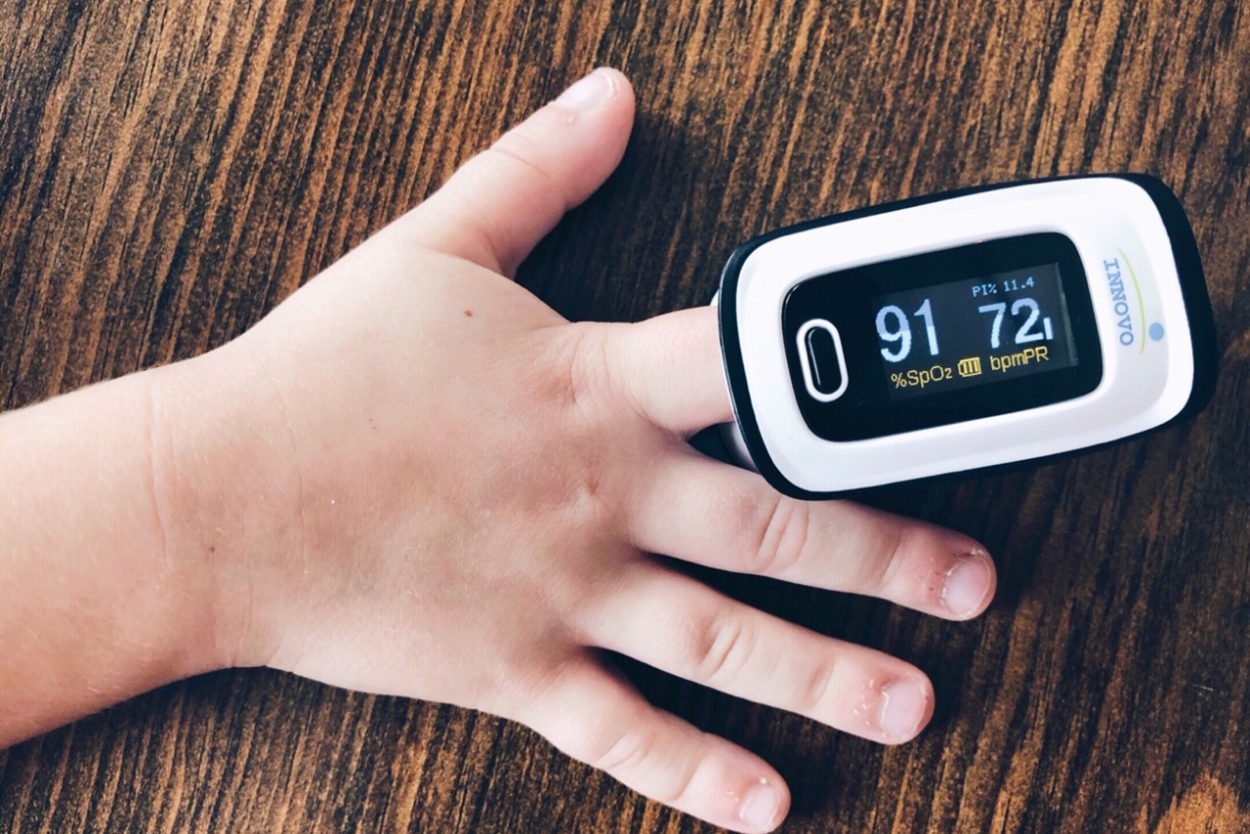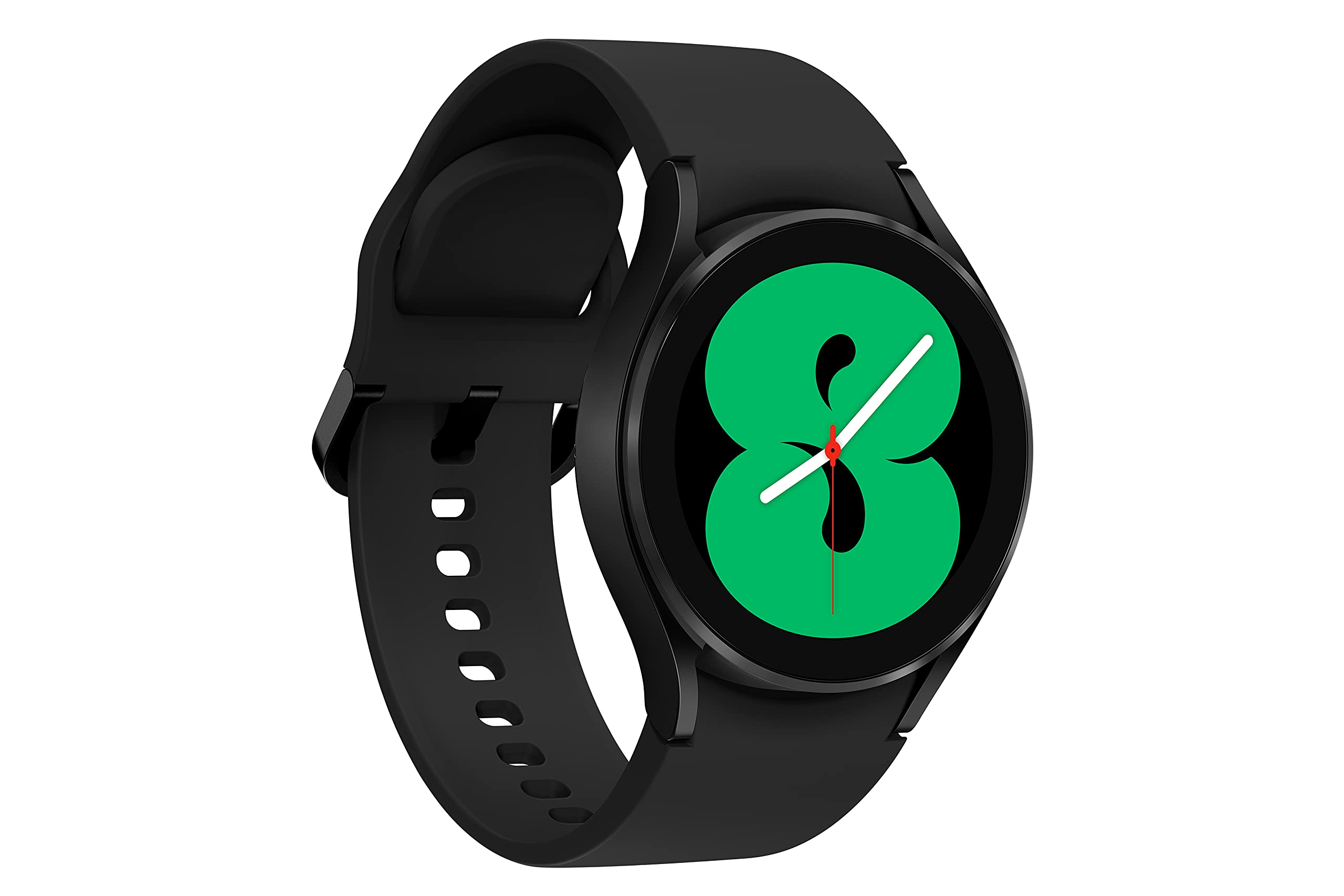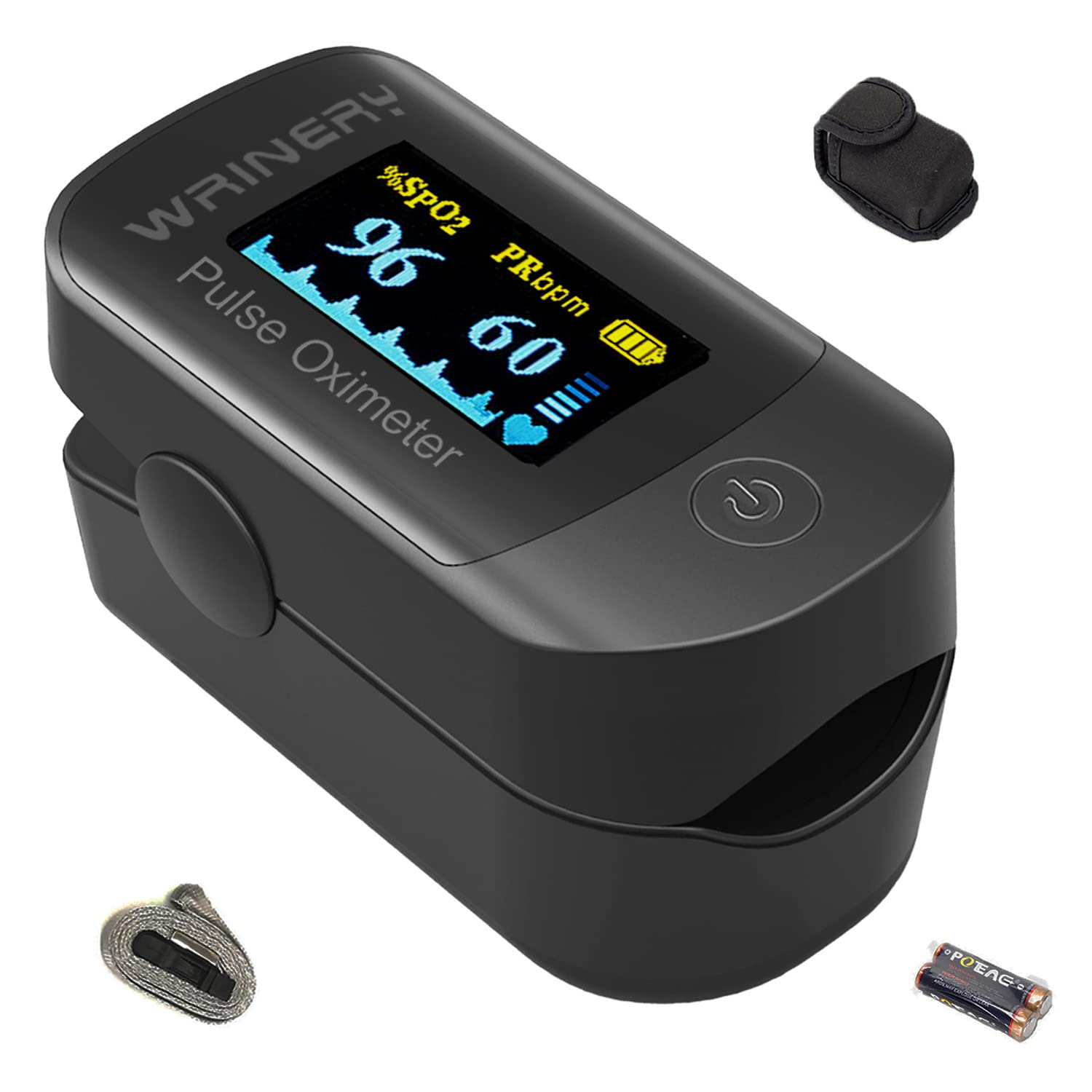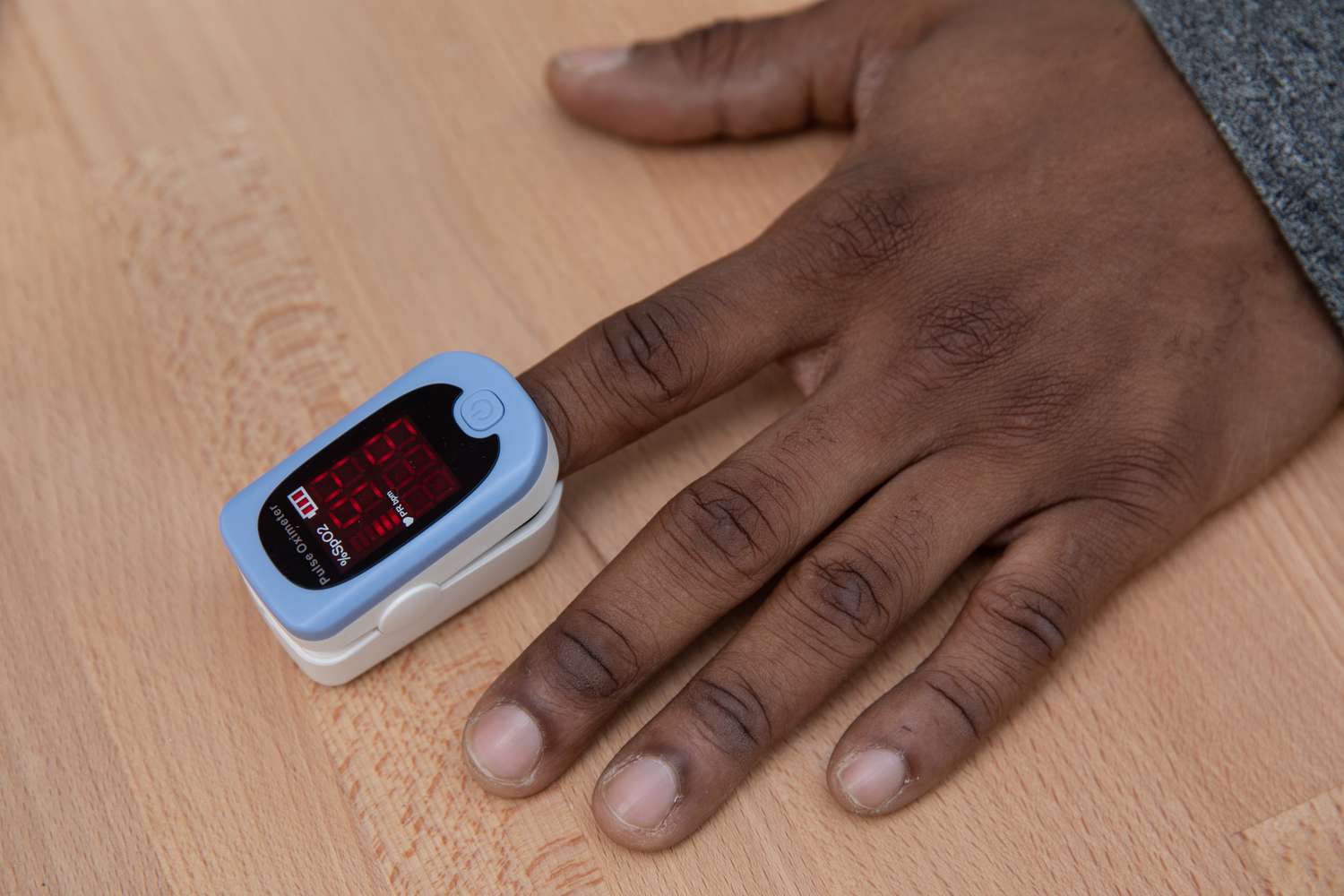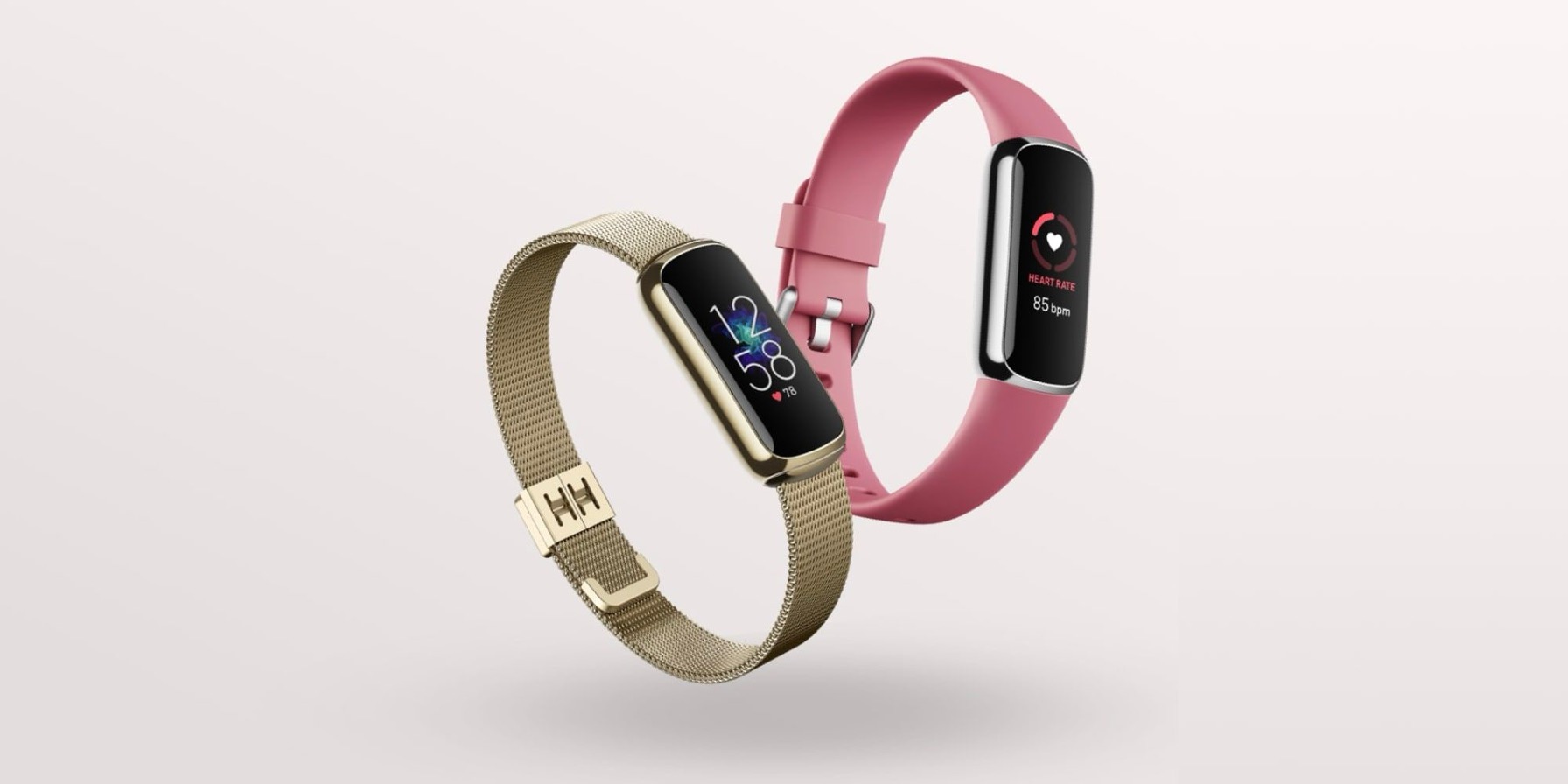Introduction
The integration of health monitoring features into smartwatches has revolutionized personal wellness management. Among these features, the ability to monitor blood oxygen saturation levels, known as SpO2, has garnered significant attention. This advancement enables individuals to gain insights into their respiratory health conveniently and continuously. As smartwatches become increasingly prevalent in daily life, the inclusion of SpO2 monitoring capabilities represents a significant leap forward in accessible health tracking.
The introduction of SpO2 monitoring on smartwatches has sparked interest and raised awareness about the importance of oxygen saturation levels in the bloodstream. This feature provides users with valuable health data, empowering them to make informed decisions about their well-being. As the demand for health-oriented wearable technology continues to grow, the incorporation of SpO2 monitoring has become a pivotal factor in the selection of smartwatches.
Smartwatches have evolved from mere timekeeping devices to multifunctional tools that seamlessly integrate into users' lifestyles. With the addition of SpO2 monitoring, these devices have transcended their traditional roles, offering users the ability to monitor vital health metrics on the go. This innovation represents a significant step forward in the convergence of technology and healthcare, underscoring the potential for smartwatches to serve as indispensable companions in personal health management.
The integration of SpO2 monitoring on smartwatches reflects a broader trend in the wearable technology industry, where health and wellness features are increasingly prioritized. This shift aligns with the growing emphasis on proactive health management and the desire for real-time health insights. By providing users with the means to track their SpO2 levels effortlessly, smartwatches have emerged as versatile tools for promoting respiratory wellness and overall health awareness.
As the adoption of smartwatches continues to expand, the inclusion of SpO2 monitoring capabilities is poised to become a standard feature, further blurring the lines between traditional timepieces and advanced health monitoring devices. This integration signifies a new era in which personal health awareness is seamlessly woven into everyday technology, empowering users to prioritize their well-being with unprecedented convenience and insight.
What is SpO2?
SpO2, or peripheral capillary oxygen saturation, is a measure of the amount of oxygen-saturated hemoglobin in the blood, expressed as a percentage. This vital sign provides crucial insights into the efficiency of oxygen transport in the body, reflecting the respiratory and circulatory systems’ overall function. The SpO2 level indicates the percentage of hemoglobin molecules carrying oxygen compared to the total hemoglobin capacity, offering a snapshot of the blood’s oxygenation status at a given moment.
Healthcare professionals commonly use pulse oximetry, a non-invasive method, to measure SpO2 levels. This involves placing a sensor, typically on a finger or earlobe, which emits light at two different wavelengths through the skin to detect the absorption pattern of oxygenated and deoxygenated hemoglobin. The pulse oximeter then calculates the SpO2 level based on the detected absorption ratios, providing a rapid and reliable assessment of oxygen saturation.
SpO2 levels serve as a critical indicator of respiratory function and overall cardiopulmonary health. Normal SpO2 levels typically range from 95% to 100%, signifying optimal oxygen saturation in the bloodstream. Levels below 90% may indicate hypoxemia, a condition characterized by low oxygen levels in the blood, which can lead to tissue hypoxia and compromise vital organ function if left unaddressed.
Understanding SpO2 levels is particularly important for individuals with respiratory conditions such as asthma, chronic obstructive pulmonary disease (COPD), or sleep apnea, as well as those recovering from cardiac events. Monitoring SpO2 levels can help detect potential respiratory issues or exacerbations early, enabling timely intervention and management.
Furthermore, SpO2 monitoring plays a crucial role in assessing individuals’ oxygenation status during physical activity, high-altitude exposure, or environmental conditions that may impact respiratory function. By tracking SpO2 levels in various contexts, individuals can gain insights into their bodies’ response to different stressors and make informed decisions to support their overall well-being.
Importance of SpO2 Monitoring
SpO2 monitoring holds immense significance in assessing and maintaining respiratory and circulatory health. By continuously tracking oxygen saturation levels, individuals can gain valuable insights into their body’s oxygenation status, enabling them to take proactive measures to support their overall well-being. The importance of SpO2 monitoring extends to various aspects of health management, making it a vital tool for individuals, especially those with respiratory conditions or those exposed to environmental factors that may impact oxygen levels.
For individuals with respiratory conditions such as asthma, COPD, or sleep apnea, regular SpO2 monitoring can provide early indications of hypoxemia or respiratory distress, prompting timely intervention and preventing potential complications. This proactive approach empowers individuals to manage their conditions effectively and seek medical assistance when necessary, contributing to improved respiratory health and overall quality of life.
During physical activity and exercise, SpO2 monitoring offers valuable insights into oxygen utilization and cardiovascular efficiency. By tracking SpO2 levels before, during, and after workouts, individuals can gauge their body’s response to exertion, optimize training regimens, and ensure safe and effective physical exertion. Additionally, athletes and fitness enthusiasts can utilize SpO2 monitoring to assess their performance and recovery, supporting their pursuit of peak physical fitness.
SpO2 monitoring also plays a crucial role in high-altitude environments, where decreased oxygen levels can impact individuals’ respiratory function. By continuously monitoring SpO2 levels in such conditions, individuals can mitigate the effects of hypoxia and make informed decisions to ensure their well-being at elevated altitudes.
Furthermore, SpO2 monitoring on smartwatches provides a convenient means for individuals to stay attuned to their respiratory health in everyday settings. By seamlessly integrating this capability into wearable devices, individuals can effortlessly monitor their oxygen saturation levels throughout the day, promoting a heightened awareness of their overall health and well-being.
Overall, the importance of SpO2 monitoring cannot be overstated, as it empowers individuals to take an active role in managing their respiratory and circulatory health. By offering real-time insights and early indicators of potential issues, SpO2 monitoring fosters a proactive approach to health management, ultimately contributing to improved wellness and peace of mind.
SpO2 Monitoring on Smartwatches
The integration of SpO2 monitoring on smartwatches represents a significant advancement in wearable health technology, offering users the ability to track their oxygen saturation levels conveniently and continuously. With this feature, smartwatches have transcended their traditional roles, evolving into comprehensive health companions that provide valuable insights into respiratory wellness.
Smartwatches equipped with SpO2 monitoring capabilities leverage advanced sensor technology to measure oxygen saturation levels non-invasively. By utilizing optical sensors and sophisticated algorithms, these devices can accurately assess SpO2 levels in real time, empowering users to stay informed about their respiratory health throughout the day.
One of the key benefits of SpO2 monitoring on smartwatches is the seamless integration of this health feature into users’ daily routines. With continuous monitoring, individuals can gain a comprehensive understanding of their oxygen saturation patterns, allowing them to identify potential trends or fluctuations that may warrant further attention. This continuous insight into SpO2 levels enables users to proactively manage their respiratory health and seek medical guidance if necessary.
Furthermore, the accessibility of SpO2 monitoring on smartwatches enhances users’ awareness of their overall well-being. By simply glancing at their smartwatch, individuals can obtain real-time SpO2 readings, fostering a heightened sense of health consciousness and prompting them to make informed lifestyle choices to support optimal respiratory function.
For individuals with respiratory conditions or those who engage in high-altitude activities, the inclusion of SpO2 monitoring on smartwatches offers a valuable tool for managing their health. By monitoring oxygen saturation levels in diverse environments and situations, users can tailor their activities and make informed decisions to safeguard their respiratory well-being.
Moreover, the integration of SpO2 monitoring on smartwatches underscores the expanding role of wearable technology in promoting proactive health management. By providing users with the means to monitor vital health metrics on a device they already wear daily, smartwatches have become indispensable tools for fostering a holistic approach to personal wellness.
In essence, the incorporation of SpO2 monitoring on smartwatches signifies a pivotal convergence of technology and health, empowering users to prioritize their respiratory wellness with unprecedented ease and insight. As smartwatches continue to evolve as essential companions in individuals’ lives, the inclusion of SpO2 monitoring cements their role as comprehensive health and wellness devices, offering continuous support for users’ respiratory health.
Accuracy of SpO2 Monitoring
The accuracy of SpO2 monitoring on smartwatches is a critical factor in evaluating the reliability and effectiveness of this health feature. As users rely on these devices to provide accurate and actionable health data, the precision of SpO2 measurements directly impacts their ability to make informed decisions about their respiratory wellness.
Smartwatches equipped with SpO2 monitoring capabilities leverage advanced sensor technology and signal processing algorithms to measure oxygen saturation levels. These optical sensors emit light into the skin and detect the absorption patterns of oxygenated and deoxygenated hemoglobin, enabling the calculation of SpO2 levels. The accuracy of this measurement process is influenced by various factors, including sensor quality, skin contact, and motion artifacts.
Studies and evaluations of SpO2 monitoring on smartwatches have demonstrated varying degrees of accuracy across different devices and conditions. Factors such as sensor placement, ambient light interference, and user motion can impact the reliability of SpO2 measurements. Additionally, the calibration and validation of SpO2 monitoring algorithms play a crucial role in ensuring accurate readings.
While smartwatches offer the convenience of continuous SpO2 monitoring, users should be mindful of the potential limitations and considerations regarding accuracy. It is essential to adhere to best practices, such as ensuring proper sensor placement and minimizing motion during measurements, to optimize the accuracy of SpO2 readings.
Furthermore, the comparison of SpO2 measurements obtained from smartwatches with clinically validated pulse oximeters is essential for assessing accuracy. Studies that evaluate the correlation between smartwatch-based SpO2 readings and those from medical-grade devices provide valuable insights into the reliability of these measurements in real-world scenarios.
As the technology and algorithms powering SpO2 monitoring on smartwatches continue to evolve, manufacturers are committed to enhancing the accuracy of these measurements. Ongoing advancements in sensor technology, signal processing, and algorithm refinement aim to improve the reliability of SpO2 monitoring, ensuring that users can confidently rely on their smartwatches for accurate respiratory health data.
Ultimately, while smartwatches offer the convenience of SpO2 monitoring, users should approach the interpretation of these measurements with consideration of potential limitations and the evolving nature of wearable health technology. As accuracy remains a focal point of development, the continuous refinement of SpO2 monitoring capabilities underscores the commitment to providing users with reliable and actionable health insights.
Limitations of SpO2 Monitoring on Smartwatches
While the integration of SpO2 monitoring on smartwatches offers valuable insights into respiratory health, it is essential to recognize and understand the limitations associated with this feature. These limitations encompass various factors that may impact the reliability and applicability of SpO2 measurements obtained from smartwatches, influencing users’ interpretation and utilization of the provided data.
One of the primary limitations of SpO2 monitoring on smartwatches pertains to the accuracy of measurements in diverse conditions and environments. Factors such as motion artifacts, ambient light interference, and sensor calibration can affect the reliability of SpO2 readings, potentially leading to variations in measurements that may not align with clinically validated standards.
Additionally, the placement of SpO2 sensors on smartwatches may introduce variability in measurements, as optimal sensor contact with the skin is crucial for accurate readings. Users must ensure proper sensor placement and minimize movement during measurements to mitigate potential inaccuracies resulting from sensor positioning and motion artifacts.
Furthermore, the regulatory and clinical validation of SpO2 monitoring on smartwatches is an ongoing consideration. While these devices aim to provide users with actionable health data, the validation of SpO2 measurements against medical-grade pulse oximeters and adherence to regulatory standards are essential for establishing the reliability and trustworthiness of smartwatch-based SpO2 monitoring.
Another limitation to consider is the interpretation of SpO2 measurements obtained from smartwatches. Users should approach these readings as indicators rather than diagnostic results, acknowledging that smartwatch-based SpO2 monitoring serves as a tool for promoting respiratory health awareness rather than a substitute for professional medical assessments.
Moreover, the battery life and power consumption associated with continuous SpO2 monitoring on smartwatches present practical limitations. The energy requirements for sustained optical sensing and data processing may impact the overall battery performance of these devices, necessitating a balance between extended monitoring capabilities and power efficiency.
It is crucial for users to recognize the evolving nature of SpO2 monitoring on smartwatches and the ongoing efforts to address and mitigate these limitations. As technology advances and sensor capabilities improve, manufacturers are dedicated to refining the accuracy, reliability, and usability of SpO2 monitoring, aiming to enhance the overall user experience and confidence in the provided health data.
By acknowledging and understanding the limitations of SpO2 monitoring on smartwatches, users can approach this feature with informed expectations, leveraging its benefits while remaining mindful of the considerations that may influence the interpretation and application of SpO2 measurements in their health and wellness journey.
Conclusion
The integration of SpO2 monitoring on smartwatches marks a pivotal advancement in wearable health technology, offering users unprecedented access to real-time insights into their respiratory wellness. This feature has redefined the role of smartwatches, elevating them to comprehensive health companions that empower individuals to prioritize their respiratory health with ease and convenience.
SpO2 monitoring on smartwatches provides users with continuous access to vital health data, fostering a heightened awareness of their oxygen saturation levels throughout the day. This seamless integration of health monitoring capabilities into everyday wearable devices reflects a broader shift toward proactive health management and personalized wellness, aligning with the evolving needs and expectations of modern consumers.
While the accuracy and limitations of SpO2 monitoring on smartwatches are important considerations, ongoing advancements in sensor technology, algorithm refinement, and regulatory validation underscore the commitment to enhancing the reliability and usability of this feature. Users can anticipate further improvements in SpO2 monitoring capabilities, ensuring that smartwatches continue to serve as trustworthy allies in supporting respiratory health awareness.
As smartwatches become indispensable tools for promoting holistic well-being, the inclusion of SpO2 monitoring represents a significant stride toward empowering individuals to take charge of their health. With the ability to track oxygen saturation levels seamlessly integrated into their daily lives, users are equipped with a valuable resource for making informed decisions about their respiratory wellness and overall well-being.
Ultimately, the incorporation of SpO2 monitoring on smartwatches transcends mere technological innovation; it embodies a commitment to empowering individuals to prioritize and proactively manage their respiratory health. This evolution in wearable technology signifies a profound convergence of convenience, awareness, and health consciousness, underscoring the transformative impact of SpO2 monitoring on the everyday lives of users.
As the landscape of wearable health technology continues to evolve, the integration of SpO2 monitoring on smartwatches stands as a testament to the boundless potential of technology to enhance personal wellness. With a steadfast focus on accuracy, usability, and user empowerment, smartwatches equipped with SpO2 monitoring capabilities are poised to play an increasingly pivotal role in promoting respiratory health awareness and fostering a proactive approach to holistic well-being.







